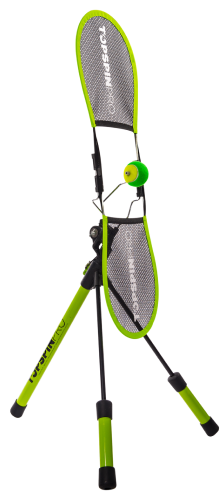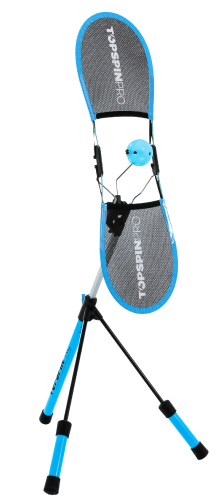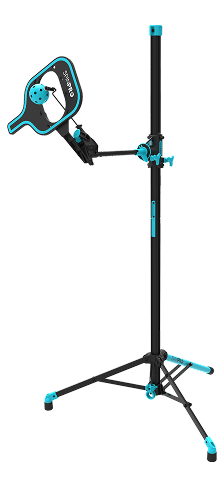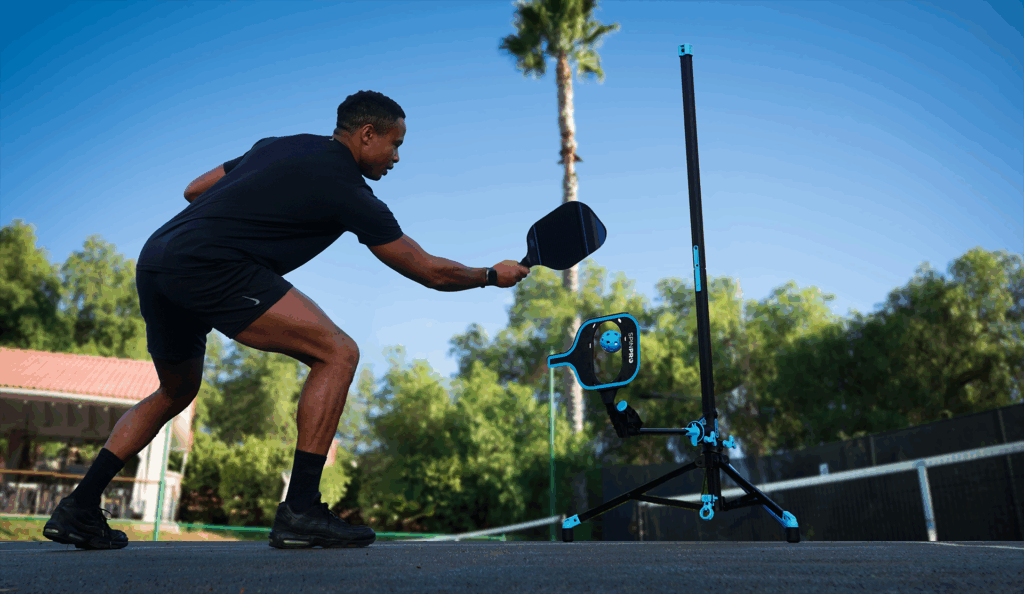Finding a pickleball drilling partner or fitting in a drop-in session isn’t always easy, but that shouldn’t slow down your progress. The good news? Practicing pickleball solo is not only totally doable, it can be super effective, time-efficient, and surprisingly fun! Let's have a look at some of the ways you can practice pickleball alone.
Benefits of Practicing Pickleball Alone
Solo practice isn’t just a fallback, it’s one of the most underrated tools for accelerating your progress. Here’s why training alone can take your game to the next level:
✅ Flexibility
Life gets busy, and coordinating with a partner or joining a drop-in session isn’t always convenient. Practicing alone gives you the freedom to train on your own time. Whether it’s 15 minutes before work or an hour on the weekend, solo practice lets you rack up reps, sharpen your technique, and make consistent progress without needing anyone else’s schedule to align.
✅ Focus
No partners, no distractions, just you and your goals. When you train alone, you get to focus 100% on what matters most to your game. Want to perfect your topspin serve, smooth out your dinks, or groove your forehand drive? You get to decide. This kind of targeted, uninterrupted practice helps build strong muscle memory and speeds up improvement.
✅ Repetition
Solo drills allow you to repeat the same motion over and over, which is key for mastering technique. Whether you’re using a training aid like the TopspinPro or working against a wall, the sheer volume of reps you get when training solo can make a big difference, especially in shot consistency and confidence under pressure.
✅ Mental Game
Training on your own isn't just about your technique or fitness, it also helps you build mental discipline and accountability. You’ll learn to self-correct, stay motivated, and take ownership of your progress, all valuable skills when it comes to match play.
Ways To Practice Pickleball Alone
1. Use Shadow Swings
Shadow swinging, practicing your strokes without hitting a ball, is one of the most underrated yet powerful tools for improving technique. By removing the ball entirely, you can focus purely on your mechanics, such as grip, swing path, balance, and body positioning.
Shadow swings are particularly effective for refining new skills or correcting ingrained habits. Because there’s no incoming ball to react to, you’re free to move slowly, intentionally, and repeatedly, exactly what your brain and body need to develop muscle memory. It's also the perfect way to work on staying relaxed.
Why It Works:
All you need is a paddle. Can be doubled with a mirror or video to check technique. Easy to implement between other tasks during the day.
2. Use a Pickleball Training Aid
Training aids like the TopspinPro or SpinPro are game-changers and enable you to practice at home or on court. They provide a static ball which takes away the pressure of a moving ball enhancing practice of the correct contact point, swing path and footwork.
Why It Works:
Helps build correct muscle memory. Gives instant feedback on technique and contact point. Great for indoor or outdoor use. Ability to practice high number of reps.

3. Use Drop Feeds
Drop feeding is one of the simplest yet most effective ways to build solid technique and muscle memory, especially when you’re training alone. By dropping the ball in front of you and initiating the swing without the variables of an incoming ball, you can zero in on form, contact point, and mechanics without distraction.
Why It Works:
Practice anywhere, not just on court. Fast practice, all you need is a paddle and a ball.
4. Use a Ball Machine
Using a ball machine is one of the most effective ways to simulate live match conditions when a partner isn’t available. Unlike static drills or self-feeding, a ball machine delivers a continuous stream of incoming shots with customizable speed, spin, placement, and frequency, allowing you to replicate real gameplay patterns.
Whether you’re working on groundstrokes, volleys, approach shots, or footwork under pressure, a ball machine helps build muscle memory, consistency, and timing through high-volume repetition. You can also set up specific sequences to mimic match scenarios, like a deep topspin return followed by a volley.
Why It Works:
Added pressure of an incoming ball. Allows targeted practice by isolating specific shot patterns. Enable progressive training, adjusting difficulty as you improve. Such as beginning with single shot practice and progressing to a sequence.
5. Use A Practice Wall
Using a practice wall or rebounder is one of the most efficient and energizing ways to sharpen your skills, especially when you’re training solo. This high-tempo method not only improves your timing, consistency, and footwork, but it also doubles as an excellent cardio workout.
One of the best parts? The wall never misses! You get nonstop feedback and can hit hundreds of balls in a short time, reinforcing muscle memory at a much faster rate than during typical point play.
Why It Works:
Practice almost anything. High intensity and rhythm. Immediate and up close feedback.
For more wall drill ideas you can read our in-depth guide: Pickleball Wall Drills
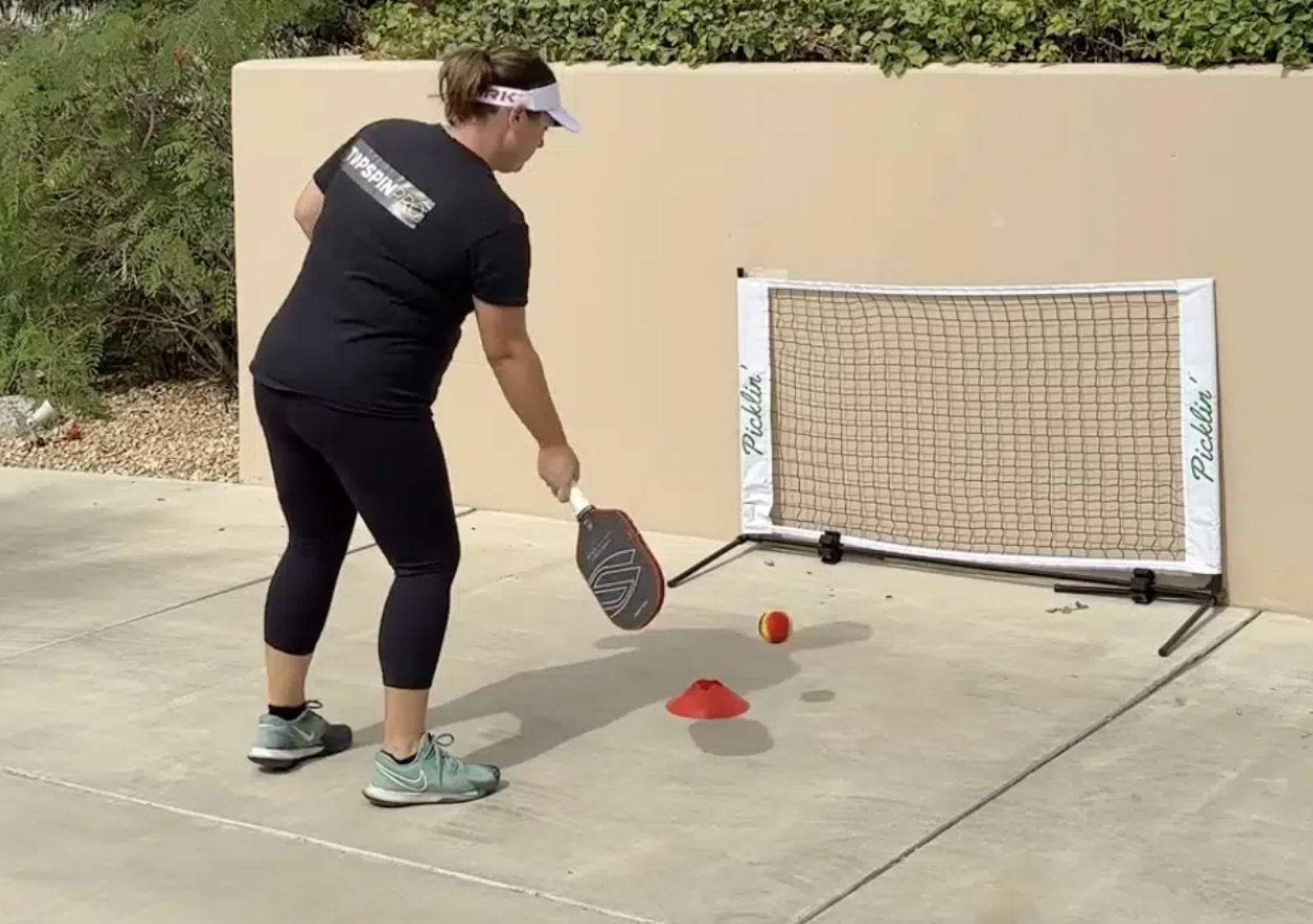
6. Train Footwork
One of the best things about footwork training is its versatility and accessibility, you can practice it virtually anywhere, with or without a court. Whether you’re in your driveway, at the park, or in your living room, adding dedicated footwork drills to your routine pays off in a big way on the court.
Footwork is the foundation of every great shot. No matter how technically sound your swing is, if your feet aren’t in the right position, consistency and timing will suffer. The good news? Footwork is completely trainable and you don’t even need a paddle or ball to improve it!
Why It Works:
Any kind of fitness or footwork will help your pickleball, it doesn't even have to be specific. Time effective. Fun to mix up between technique practice.

Win With Topspin Course
In our “Win With Topspin” pickleball course, we’ve brought together the most effective elements of solo training to help players build consistent, confident topspin.
You’ll find a unique blend of progression based training methods that include:
• 🎯 Targeted drills using the TopspinPro or SpinPro
• 🎾 Drop feed exercises to isolate technique and timing
• 🧱 Wall drills for high-rep, game-like rhythm
• 🤝 Partner practices to apply skills in live scenarios
This structure allows you to train smarter and see faster results, even if you don’t always have access to a court or hitting partner. Whether you’re training in your backyard, garage, driveway, or on the go, this course shows you how to make every session count.
Summary
Practicing pickleball solo is not just doable, it's powerful. Use the tools and tips above to keep improving, even when no one's available to drill. The more consistent your solo practice, the better your performance in real games!
FAQs
-
What are the benefits of practicing pickleball alone?
Practicing pickleball alone offers flexibility, allowing you to train on your own schedule. It provides focus, enabling you to concentrate 100% on your goals without distractions. Additionally, solo practice enhances repetition, essential for mastering techniques, and builds mental discipline, crucial for match play.
-
How can shadow swings improve my pickleball technique?
Shadow swings help improve technique by allowing you to focus on mechanics like grip, swing path, and body positioning without the distraction of a ball. This practice helps refine new skills, correct ingrained habits, and develop muscle memory, all while staying relaxed.
-
What advantages do pickleball training aids offer?
Pickleball training aids like the TopspinPro provide a static ball to practice correct contact points, swing paths, and footwork. They help build topspin muscle memory, offer instant feedback on technique, and can be used indoors or outdoors for high-repetition practice.
-
How does using a ball machine benefit solo practice?
A ball machine simulates live match conditions by delivering continuous shots with adjustable speed, spin, and placement. It helps build muscle memory, consistency, and timing through high-volume repetition, allowing for targeted practice and progressive training.
-
Why is practicing against a wall effective for pickleball?
Practicing against a wall improves timing, consistency, and footwork while providing an excellent cardio workout. The wall offers nonstop feedback and allows you to hit hundreds of balls quickly, reinforcing muscle memory faster than typical point play.
Enjoyed this article?
Be sure to sign up for our newsletter and we'll keep you up to date about new posts
